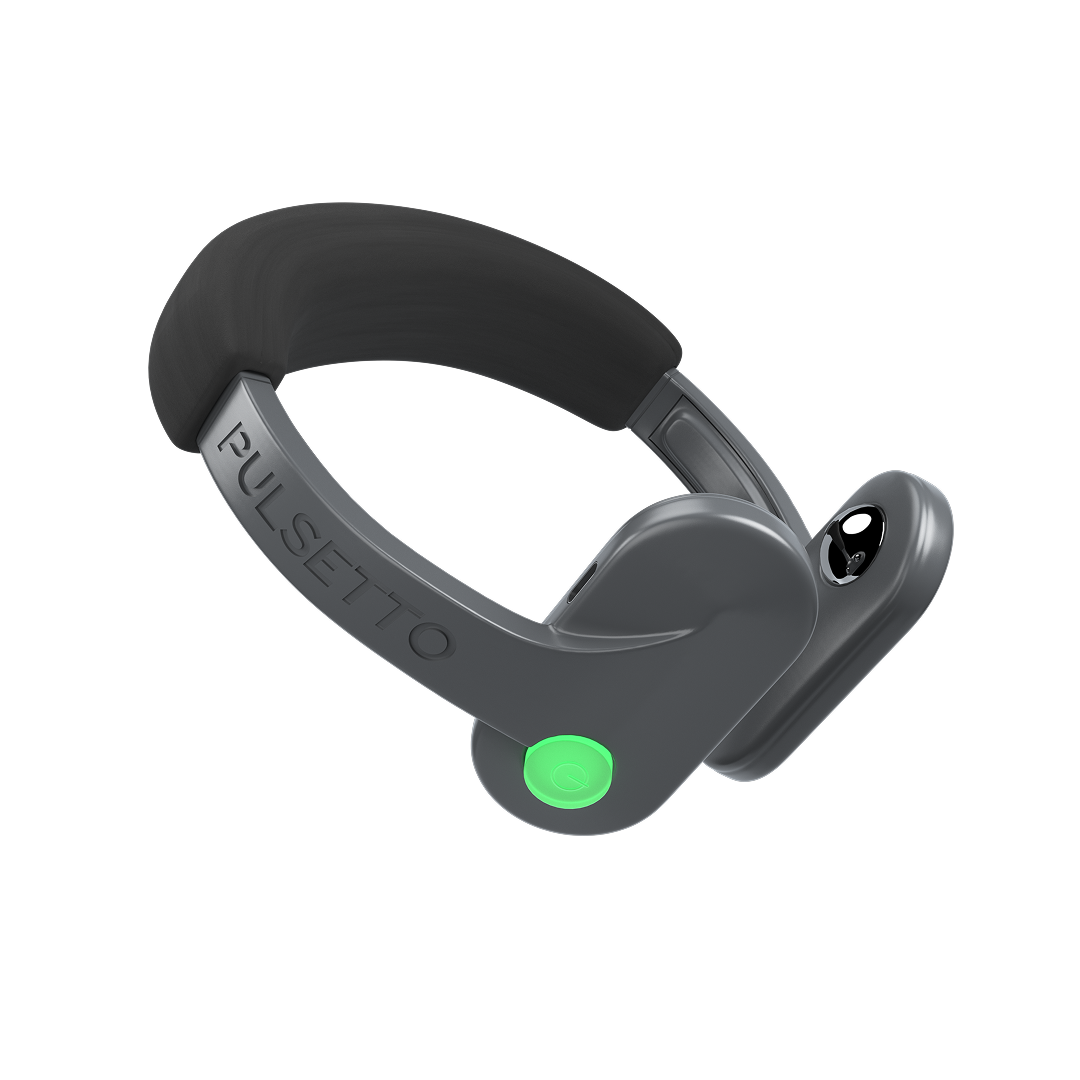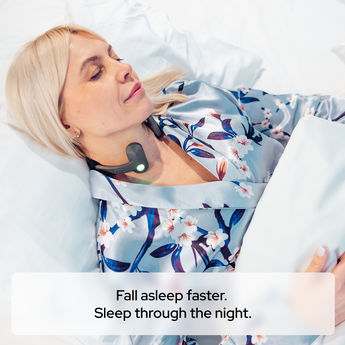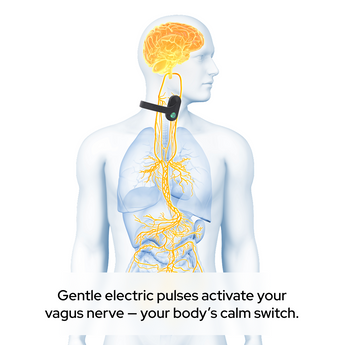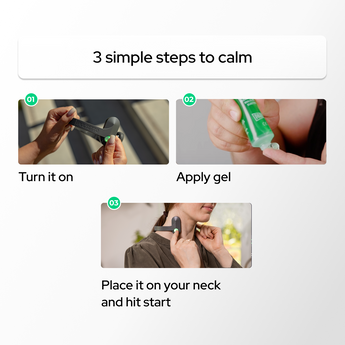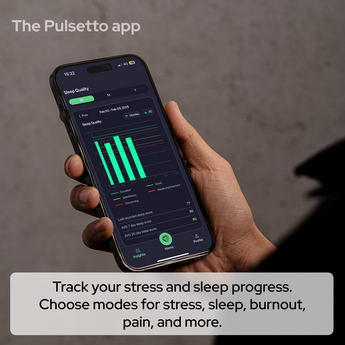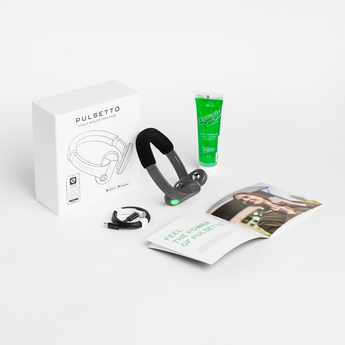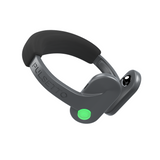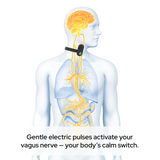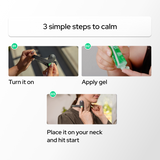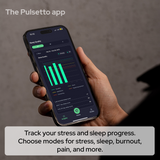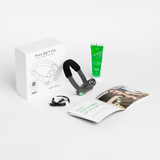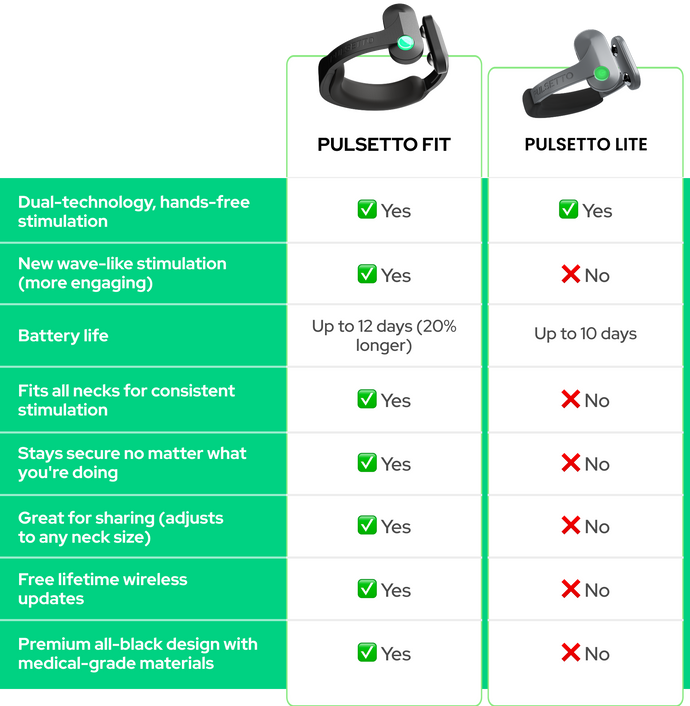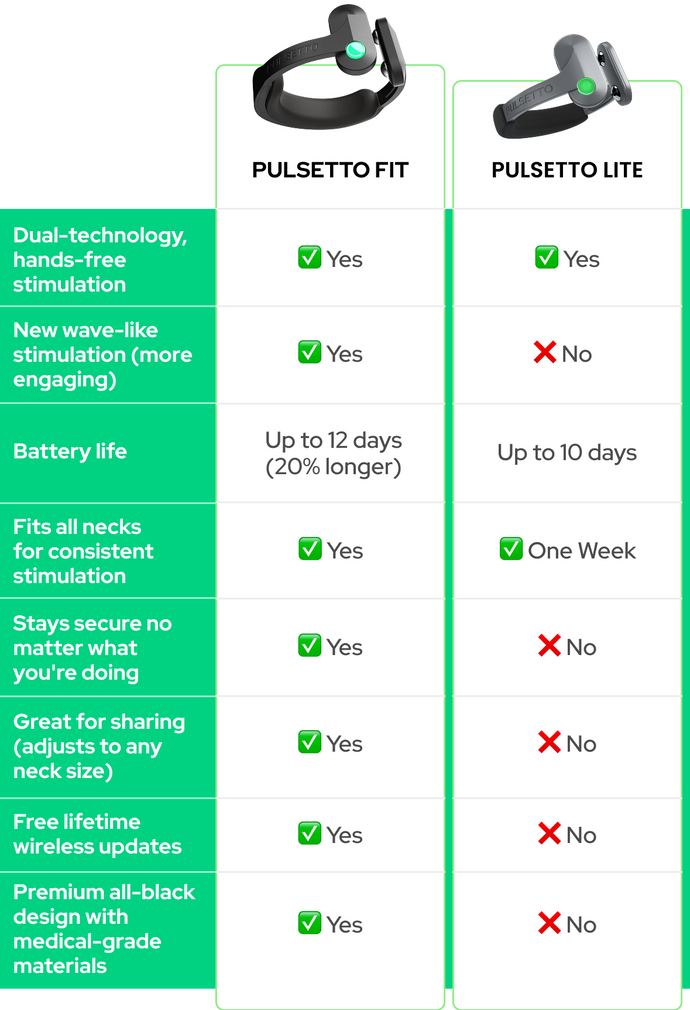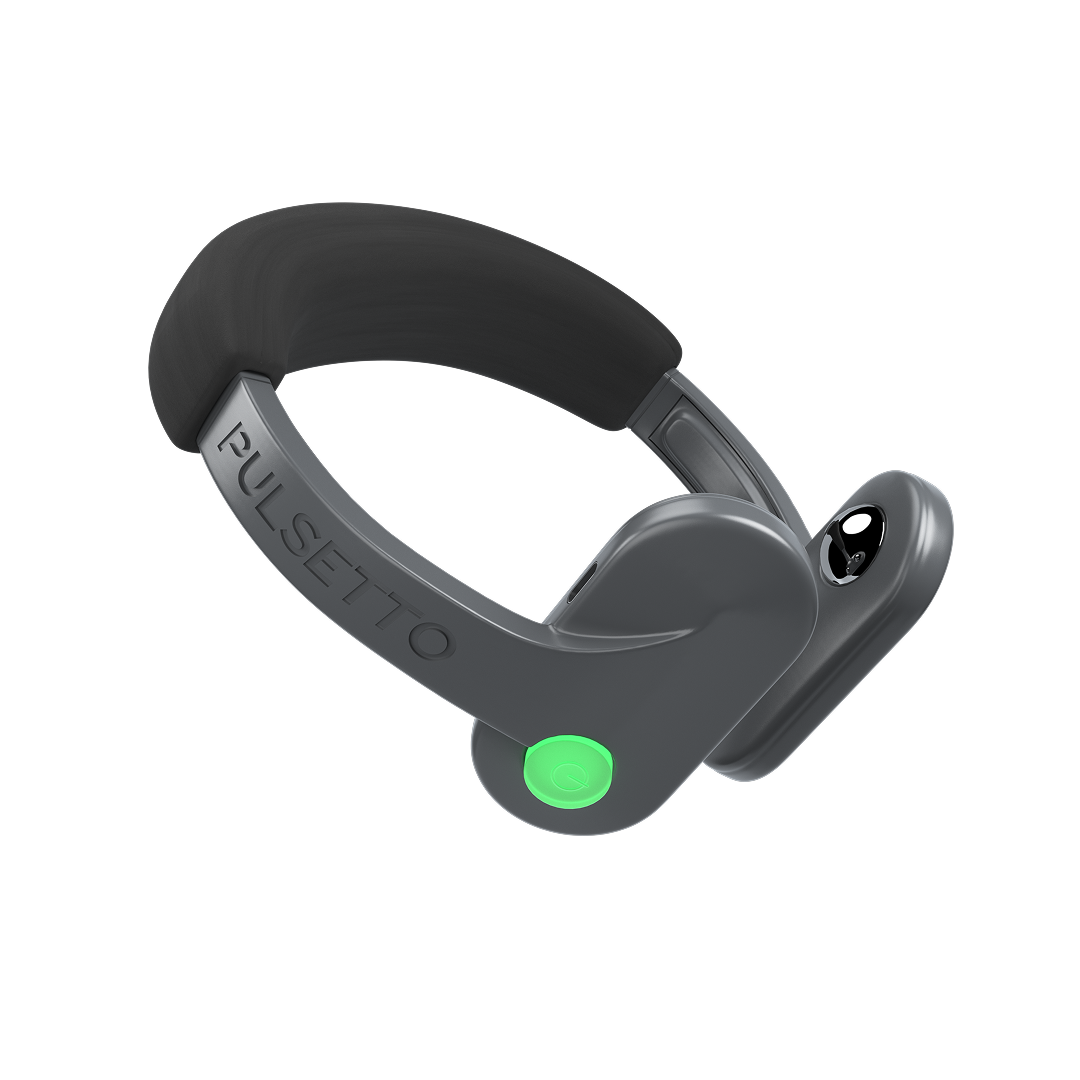Exercise and HRV
Training for Increasing HRV
Aerobic exercises, such as running, swimming, and cycling, are particularly effective for increasing HRV. These activities improve your cardiovascular health and enhance your autonomic nervous system's function.
- Incorporate at least 150 minutes of moderate aerobic exercise or 75 minutes of vigorous exercise into your weekly routine.
- Include strength training exercises at least two days a week to build muscle and improve overall fitness.
Recovery
Recovery is just as important as the exercise itself - overtraining can lead to a decrease in HRV. Adequate rest allows the body to repair and rebuild itself after exercise, reducing overall stress levels and enhancing parasympathetic activity. Activities such as sleep, meditation, and deep breathing exercises are effective in promoting recovery. You can also incorporate stretching and mobility exercises to keep your muscles flexible and reduce the risk of injury.

Maintaining a consistent exercise routine will help you improve your HRV.
Nutrition For Optimal HRV
Essential Foods for Cardiovascular Health
-
Fruits and Vegetables: Rich in vitamins, minerals, and antioxidants, they help reduce inflammation and support overall health.
-
Whole Grains: They provide a steady source of energy and essential nutrients like fiber, B vitamins, and magnesium.
-
Lean Proteins: Proteins such as chicken, fish, beans, and legumes, support muscle repair and growth.
-
Healthy Fats: Found in avocados, nuts, seeds, and olive oil, they help maintain cell integrity and support heart health.
Including these foods in your daily meals can help you maintain a high HRV and improve your overall well-being.
Staying Hydrated
Dehydration can cause your heart to work harder, which can lower your HRV. To stay properly hydrated, aim to drink at least eight 8-ounce (or 237ml) glasses of water a day. If you engage in intense physical activities or live in a hot climate, you’ll need even more.
Supplements
Sometimes it's challenging to get all the nutrients your body needs from food alone - and supplements can fill in the gaps. Here are some supplements that have been shown to support heart health and boost HRV:
-
Omega-3 Fatty Acids: Found in fish oil, omega-3 can reduce inflammation and improve heart health.
-
Magnesium: This mineral helps relax the muscles and nerves.
-
Coenzyme Q10 (CoQ10): This is an antioxidant that supports heart health and energy production.
-
Ashwagandha: This is an adaptogen that can help reduce stress and improve HRV.
Before adding any supplements to your routine, consult with a healthcare provider to ensure they're right for you.

A combination of a balanced diet and the right supplements will help you improve your heart health.
Sleep Hygiene
Bedtime Routine
Establishing a consistent bedtime routine signals to your body that it's time to wind down and prepare for sleep:
- Go to bed and wake up at the same time every day, even on weekends.
- Avoid screens at least an hour before bedtime to reduce exposure to blue light.
- Engage in relaxing activities such as reading, meditating, or taking a warm bath.
Ideal Sleep Environment
- Invest in a comfortable mattress and pillows that support your body.
- Use blackout curtains to block out any external light.
- Maintain a cool room temperature, ideally between 60-67°F (15-19°C).
- Use a white noise machine or earplugs to block out any disruptive noises.
Circadian Rhythm
Your circadian rhythm is your body's internal clock that regulates your sleep-wake cycle. To support a healthy circadian rhythm:
- Expose yourself to natural sunlight during the day, especially in the morning.
- Avoid caffeine and heavy meals close to bedtime.
- Engage in regular physical activity, but avoid vigorous exercise close to bedtime.
- Limit naps to 20-30 minutes and avoid napping late in the day.
Stress Management Techniques
Chronic stress can significantly lower your HRV, so it's crucial to incorporate stress management techniques into your daily routine. Here are some effective strategies to reduce stress:
-
Meditation: Practicing mindfulness meditation will calm your mind and reduce stress levels.
-
Deep Breathing: Techniques like diaphragmatic breathing activate your parasympathetic nervous system and increase HRV.
-
Yoga: Combining physical postures, breathing exercises, and meditation, yoga reduces stress and improves HRV.
-
Time Management: Prioritizing tasks and managing your time effectively will reduce stress and improve your overall well-being.
Pulsetto Vagus Nerve Stimulation and HRV
Benefits of Vagus Nerve Stimulation
One innovative way to improve your HRV is through vagus nerve stimulation - this is one of the longest nerves in the body, running from the brainstem through the neck to the chest and abdomen. It plays a crucial role in the parasympathetic nervous system, which controls involuntary body functions such as heart rate, digestion, and respiratory rate.
Stimulating the vagus nerve using a device like Pulsetto activates the parasympathetic nervous system, and promotes a state of relaxation and recovery, counterbalancing the sympathetic nervous system's "fight or flight" responses.
“In a nutshell, incorporating device usage alongside breathing exercises has been a game-changer for me. It's like a daily reminder to prioritize my well-being, making me more mindful of my health throughout the day. Easy to use, very lightweight. Love the packaging!” - Mantas Ruzevicius

Vagus nerve stimulation using Pulsetto can help you increase your HRV.
Why Choose Pulsetto
Pulsetto is a wearable device designed to stimulate the vagus nerve and improve HRV. It is:
-
Easy to use: The device is user-friendly and can be worn comfortably throughout the day.
-
Effective: Studies have shown that vagus nerve stimulation can significantly improve HRV and reduce stress levels.
-
Customizable: The accompanying app allows you to personalize your vagus nerve stimulation sessions based on your needs.
-
Portable: Pulsetto is lightweight and portable.
By using Pulsetto, you can take proactive steps to enhance your HRV and improve your overall well-being.
Experience the calming effect of Pulsetto today!
Frequently Asked Questions (FAQ)
What is a good HRV score?
A good HRV score varies depending on age, fitness level, and individual differences. Healthy individuals will have scores of 60-70 (depending on age), and top endurance athletes can have numbers of 90-100 (or even higher). Conversely, less healthy people will have numbers in the 40-55 range, and anything below that indicates a low level of vagal activity, which may be a cause for concern.
How often should I check my HRV?
It's a good idea to check your HRV daily, preferably at the same time each day. This consistency helps you track trends and make informed decisions about your health and lifestyle.
Can stress affect my HRV score?
Chronic stress can lower HRV, indicating that your body is in a constant state of fight or flight. Managing stress through techniques like meditation, deep breathing, and exercise can help improve your HRV.
What type of exercise improves HRV the most?
Aerobic exercises, such as running, swimming, and cycling, are particularly effective in improving HRV. These activities enhance cardiovascular health and support the autonomic nervous system. Strength training and flexibility exercises like yoga can also contribute to higher HRV.
What are the best sleeping conditions for a higher HRV?
The best sleeping conditions for a higher HRV include a cool, dark, and quiet environment. Investing in a comfortable mattress and pillows, using blackout curtains, and maintaining a consistent sleep schedule can all contribute to better sleep quality and higher HRV.
How long does it take to see improvements in HRV?
Improvements in HRV can vary depending on individual factors and the changes you make to your lifestyle. Some people may notice improvements within a few weeks, while others may take several months. Consistency in exercise, nutrition, sleep, and stress management is key to seeing long-term improvements in HRV.




